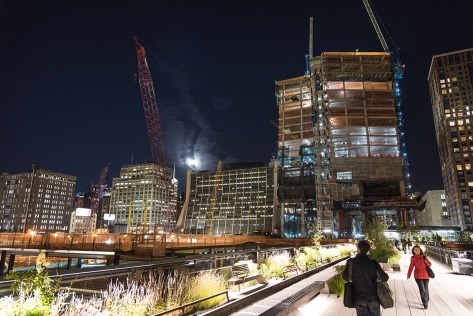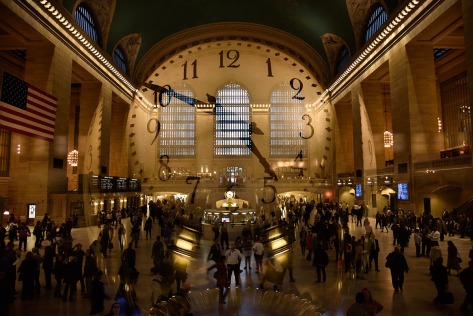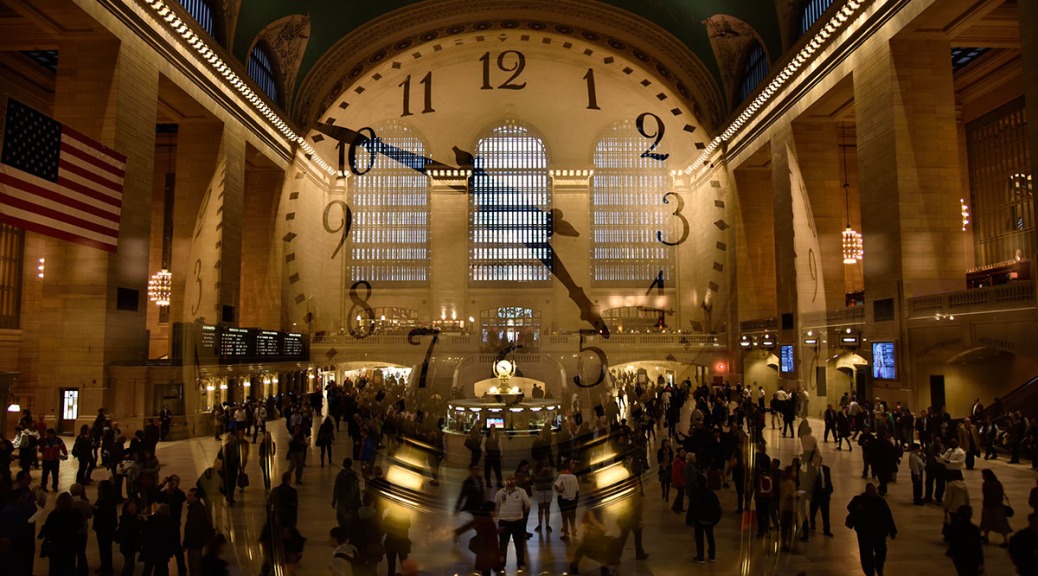
We all photographers have been through this before: Going on a trip and deciding what equipment to carry. We all want quality and flexibility but to carry the least weight. All the gear accumulated through the years makes our decision even harder.
When planning a two week’s vacation in New York City I finally decided taking along only my Nikon D810 and 24-120 f/4 VR lens. Forget about an external flash and do not even think of the tripod. Pack an extra battery, memory cards and cleaning kit and close my bag… My only other gear was my iPhone, which I used it for shooting everything I did not (or could not) shoot with the big camera… and for all the good things smartphones do for us.
Two things came out from this experience: a chance to see if the focal length range of this lens was good enough for my travel photography and my beginning trial of Instagram for showcasing selected iPhone pictures (I really liked it and will post something about it soon!).

I am not going to talk here about the low-light capabilities of the camera or the sharpness of the lens. They are both the best available in the Nikon lineup and if they are not good enough, too bad: I had already put my money on them. I am more interested in seeing if I got my shots and if I will consider this my “travel light” equipment in the future.
I must say that I was very satisfied with the 24-120 mm focal length range. In general, I wished I had a wider lens more times than I wanted a longer lens. The 24 mm setting was, however, wide enough most of the time. After a hard edit of my photos I was left with 632 keepers. Don’t call me stingy: These are a whooping 27 Gigabytes of data: D810 NEF files are huge…
The first thing I wanted to see is if I had preferences over some focal length range. I extracted from the photo IPTC data the focal length for all the pictures using Expression Media Pro, my preferred image filing software, and the results were very instructive: I took 38 % of the images at 24 mm, and the remaining 62 % showed no preferences over the 25-120 mm focal length range. Good. No waste here.
Why did I take 38% of my photos at 24 mm? It is of course what you expect if you like scenic photos but maybe I wanted to shoot wider and couldn’t? I took a good look at the corresponding 238 photos and I could find only 10 that would look better with an ultra wide-angle lens. The remaining photos were either interior shots at museums, or night photos where I was trying hard to reduce motion blur by selecting the widest possible setting. In all images the composition looks just fine.

When I do landscape or architectural interior photos I always try to carry my 18-35 mm zoom lens (or my 12-24 mm zoom lens if I am shooting in a cropped sensor camera). The 24-120 however proved being a good lens for a travel lens and I would not hesitate to take it along in any situation where going light is a priority.
The Nikon FX lens lineup contains general purpose lenses that are either mid-range zoom lenses (the 24-85 VR and the non-VR 24-70) or the VR 24-120 and 28-300 lenses which I mention here. It’s a good thing three of them start at 24 mm. I must applaud Nikon’s decision of offering the 24-120 zoom lens as a “kit” lens with the new FX D750 camera.
There was of course no wildlife in Manhattan and I didn’t need to carry a long lens. For tame or big animals a 28-300 lens could save the day but for smaller animals or rock concerts it would not be long enough. In this case a wide or normal zoom lens and a telephoto zoom lens would be my choice.

It is well said that the best camera is the one you have with you, and this applies to lenses as well. Could I have managed by carrying a lens with a 28 mm widest setting? Sure! This is what I had years ago and, when I wanted a wider coverage, I just took I few steps back… but I remember many times when I just did not have enough room behind me.
What is your “must take along” lens for your photography?

Phantastic pictures, dense and full of atmosphere. I also can ‘see’ photographer in action .. :))
LikeLiked by 2 people
Congrats!!! 😘
LikeLike
Great! i finally found my password and could login… so now i can follow you 😀
LikeLike
Welcome Millie, and Happy Birthday!!
LikeLike
beautiful pictures 🙂
LikeLike
Well written ! Like a sage 🙂
LikeLike
Thanks very much. Glad you liked it!
LikeLiked by 1 person
Beautiful photos! My must take is my canon 24-105 f/4. I’d like to get a nice wide angle next, but would likely not even take it with me when traveling.
LikeLike
Thanks Jennifer, and I know what you mean. I only carry several lenses with me when my only purpose is taking pictures, and I am usually by myself. Travel mates, crowds and transportation don’t give us much time or space for changing lenses 😉
LikeLike
Great article. It’s hard to choose but that lens does sound like it would fit the bill for many situations. I am in love with my 105mm and hate leaving it at home but it is a big heavy lens.
LikeLiked by 1 person
Sheryl, thanks for your comment! At the end it all comes down to balancing your own shooting style and equipment with travel conditions, learning to adapt and have fun. We cannot carry everything with us!
LikeLiked by 1 person
Great post, Eduardo! I’m looking at my first trip in quite a while and would love to get something in this range so as to not feel I must bring more than two lenses! Great photos as well.
LikeLiked by 1 person
Thanks for writing this! I’ve been thinking about getting into photography as a hobby, and was wondering how I could maximize versatility while minimizing equipment (and the costs that go along with it). This post is giving me some ideas.
LikeLiked by 1 person